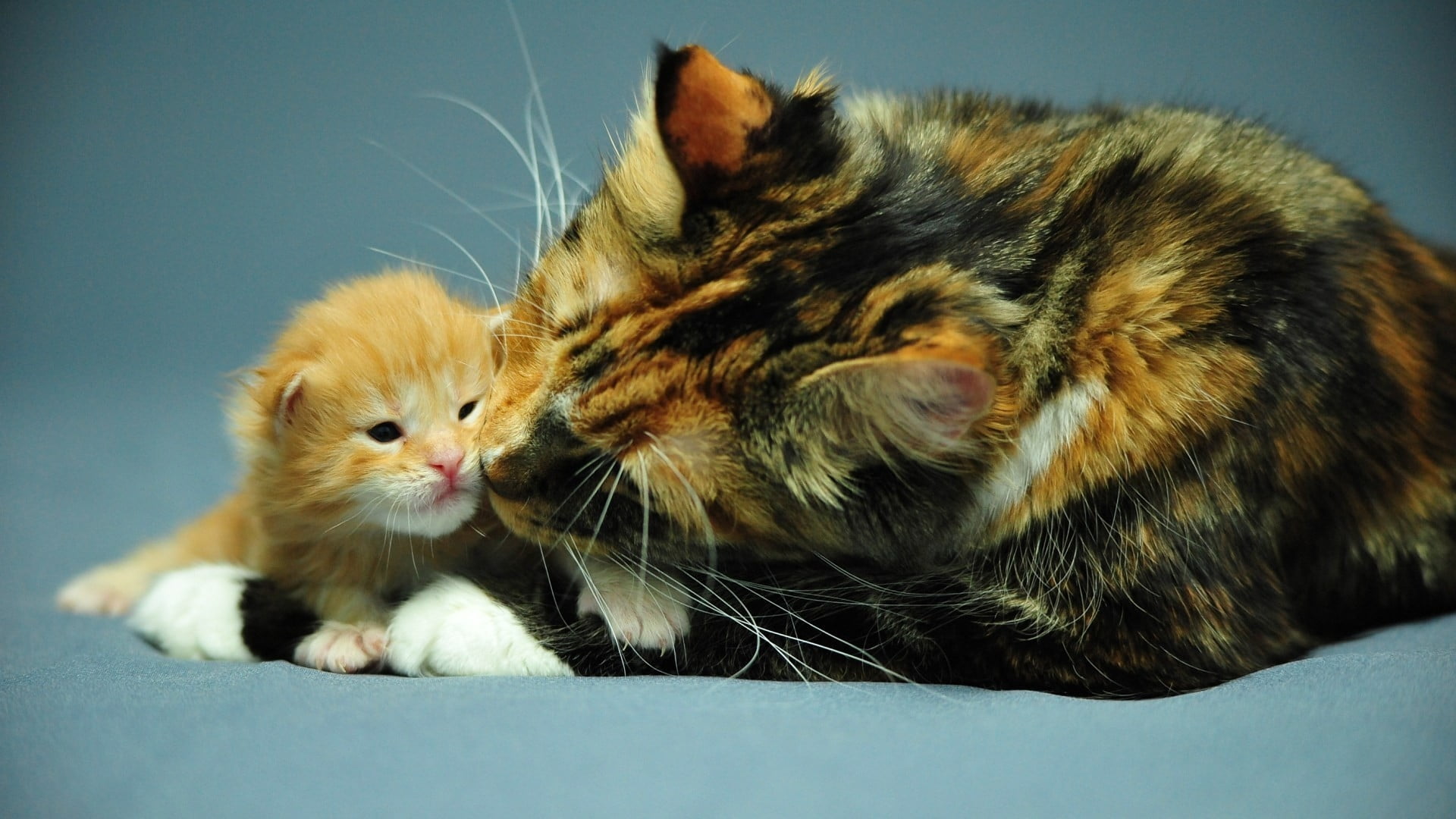

I will describe more in detail all the Bengal-specific tabby patterns in a detailed article on breed-specific cat colors. These patterns were then improved and selected through selective breeding. This breed has an additional tabby pattern because it was hybridized with wild cats: this brought new genes for the new tabby pattern. The Bengal breed has two specific tabby patterns: the rosetted, which is a subcategory of the spotted tabby, and marble tabby, a subcategory of the blotched tabby. In addition to those, we can find some other patterns which are often an intermediate between two of the main ones, or patterns which are specific to some cat breeds such as the rosette and marble of the Bengal cat, or the Sokoke marbled pattern.įor example, broken mackerel is an intermediate between a mackerel tabby and a spotted tabby: these cats have broken stripes or long spots, depending on the point of view.

The four main tabby patterns are not the only ones we can find in tabby cats. Cats called “brown tabby” are genetically black tabby That’s why in many cat fancies black tabbies are called brown tabbies, but they shouldn’t be confused with the chocolate genetic color. Tabby cats usually look clearer than their equivalent solid color because of the agouti hairs. For example, in a chocolate tabby, the markings are composed of hairs with a chocolate color, while the agouti hairs have bands of chocolate and light reddish chocolate. Tabby cats can come in any existing cat colors, such as black, blue, chocolate, lilac, cinnamon, and fawn. When a cat has a tabby pattern, the dark markings are made of solid hairs of the base color while the fur in between the markings is composed of agouti hairs. So, a fur composed of agouti hairs has a clearer color than a solid one. An agouti hair is composed of several bands of colors: a dark one with the base color of the cat, alternately with lighter and more reddish ones.
#Orange black tabby cat series
The previous articles in the series covered:Ī tabby cat is a cat that has agouti hairs.

Note: Before reading this article, I recommend that you read the first article in the series on solid cat colors, as some of the genetic explanations are useful to understand this article. What's the color of your cat? To answer this question, in this third article in my series on cat coats we are going to talk about all the types of markings a cat can have, and the genetics behind them.


 0 kommentar(er)
0 kommentar(er)
